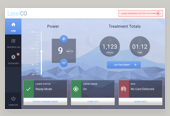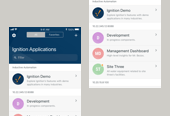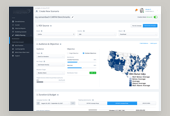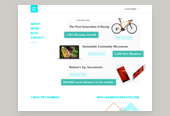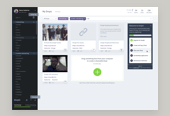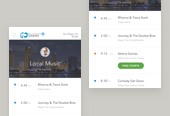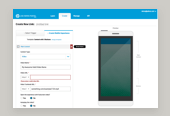
The process distinguishes the designer.
Designers are makers. As tinkerers and craftspeople, we’re always hungry to try out the next and newest tools that enable our work. While this can be a driving force for good and continuous personal improvement, the constant pressure to understand tools can get in the way of the bigger picture.
I would argue that higher level problem solving is, in fact, our most important tool to hone. Focusing on granular tools can be a hindrance to our real growth and the growth of our industry. It can be the difference between walking the path of a pixel pusher or that of a strategic business leader.
Think Big Picture Not Small Tools
Mike Kus described this best by saying, “Limitations to web design come not from the tools or technologies we use but from our own imagination”.
Limitations to web design come not from the tools or technologies we use but from our own imagination.
Each week we’re accosted with the news of the latest Javascript framework or design tool. Try focusing less on these tools that you use to deliver the end-products, and focus instead on the solution itself. The deliverables will come. The ideas are the hard part.
Over time, you realize that tools have very little to do with how creative you can be. Using the latest and greatest software doesn’t mean you are more creative than the old fogey in the next room cranking out solid concepts using a pencil and a worn moleskin. It may be hard to stomach, but the fact is that these days execution is easy — concepts and problem-solving are the skills that will set you apart.
These days execution is easy — concepts and problem-solving are the skills that will set you apart.
Turn back to the basics of your problem and harness design fundamentals when approaching a new solution. This can be a more powerful approach than brainstorming which niche tool will “do the trick” before a proper design research phase takes place.
Back to Basics
Typography, hierarchy, & empathy. Three essential tools that I’ve used in every single design project of my career. Behind each of these fundamentals lies the explanation of why you’ve decided to employ them as such.
How does each decision affect the target audience? How does this help your users in reaching their goals and understanding the process? Have your end-goals in mind and position yourself to explain and communicate your work to a non-designer audience when.
Principles & Process Over Tools
Stop thinking about deliverables in terms of file format and pixel resolution and think about the business impact, user goals and retention rates.

These days execution is easy – concepts and problem-solving are the skills that will set you apart.
We can use strategic design decisions to meet these goals and position ourselves more strategically in the professional landscape.
New Isn’t Always Better
In fact, it rarely ever is. The newest tools are shiny and marketed towards those unsupported pain points of larger software suites. However, they are generally unsupported and severely lacking in features. When push comes to shove and you need something done well and quickly, we revert back to our bread and butter applications that we know.
Your best tool is the one that gets your point across. This is often the whiteboard, pencil or face to face conversation with your client. The aha moment with your team rarely comes as the result of some new tool.
Your best tool is the one that gets your point across.
Unless a new tool is laser-focused on solving one small problem, there will almost always be a lack of the features you need once you really get into it.
Stay Curious
The most important tool you have as a designer is your curiosity. Being generally interested in things like code, science, business, other people etc will draw you into your design problems on a more human level. You never know what life experiences will influence your work.
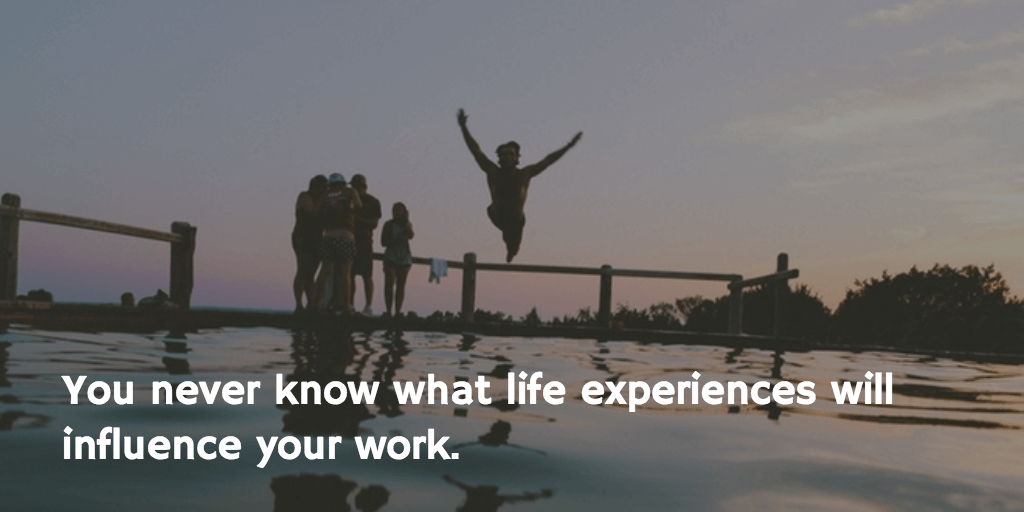
You never know what life experiences will influence your work.
So get out. Get outside of your bubble and explore a new industry. Allow your mind some time to wander and rest where it may. Growth comes from constantly challenging yourself with new or foreign ideas.
Growth comes from constantly challenging yourself with new or foreign ideas.
Create work you are proud of, develop trusting relationships with your clients and never stop learning. Have a great week! Cheers.
Published by: Ray in Product Design, Thoughts
